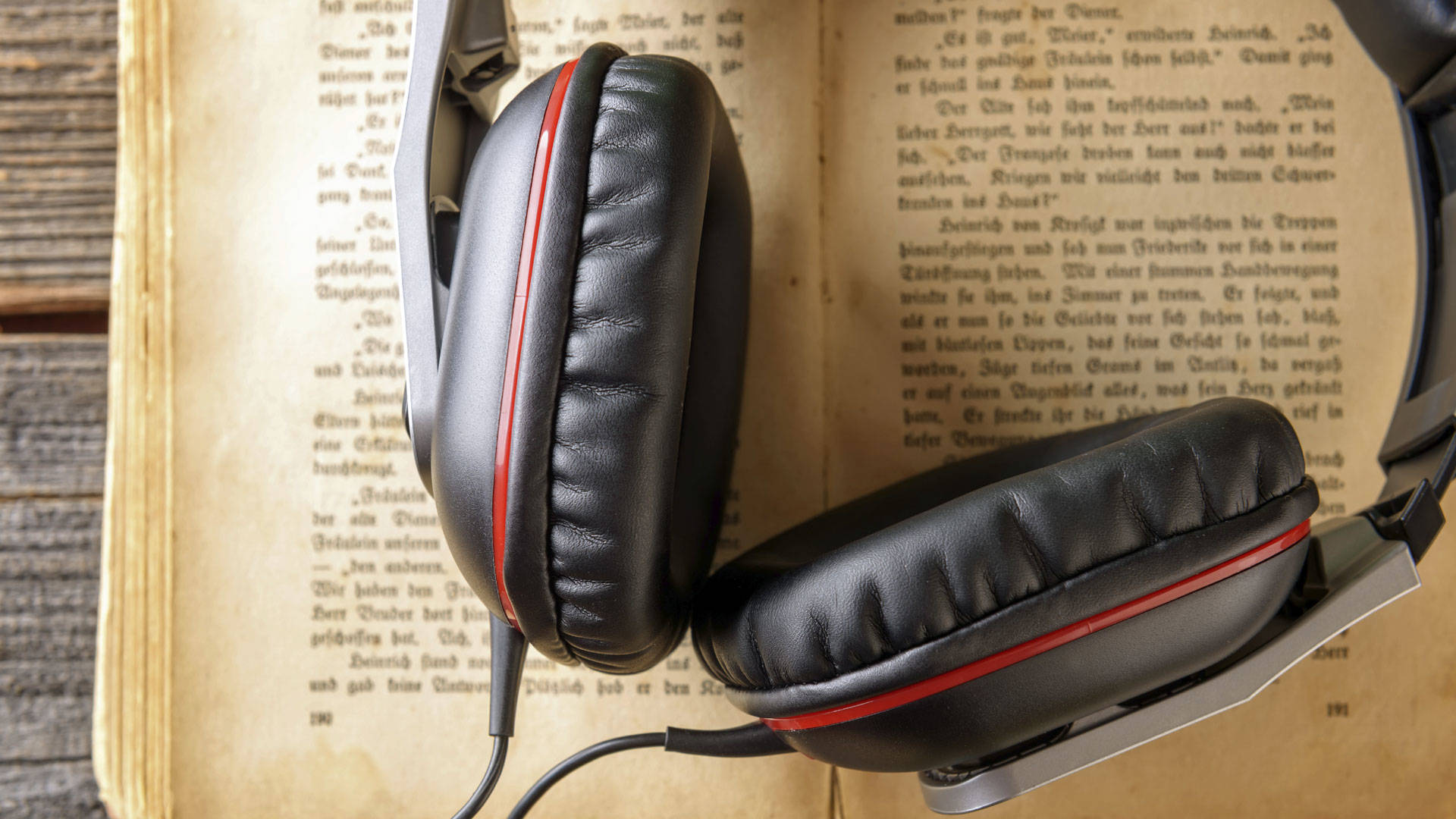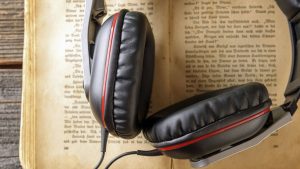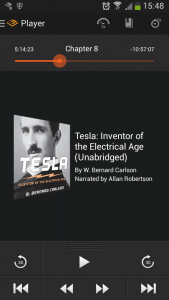
Audio-aided visual reading: a one year status report
One year ago (September, 2015), I wrote about a new reading system I was implementing combining vision and audio support. It was a newly acquired skill which I could not do prior to that point in time. This reading combination takes the edge of gaze fixation and eye tracking while having a definite advantage over audio alone. I will repost some of that post down below because the remarks are still very relevant when it comes to understanding my vision problems and vision in general.
In the meantime, I’ve been keeping some stats on how many books I’ve read. Between August, 2015 to August, 2016 , I have read 20 books. That must be a veritable annual record for me. It feels great to be able to read more freely and in a more visual way, even if still aided! I think it gets easier with time although I’m not ready to go fully visual yet. That would remain too exhausting and straining for now.
Interestingly it’s easier to read in a foreign language with audio help than my own native language (Dutch) without audio help. As the supply of Dutch audiobooks is very limited and not easily accessible via mobile apps, I mostly read English and French. In my case the visual barrier trumps the language barrier big time!
Related external atricles
2. https://ww2.kqed.org/mindshift/2016/08/18/listening-isnt-cheating-how-audio-books-can-help-us-learn/
My remarks on audio-aided reading (September, 2015)
“My favourite activity while being at a cafe is reading. The problem is that I can’t really read unaided or at least not for a reasonable amount of time. Nevertheless the current level of my visual skills in combination with the audio version of a book allow me to read in public. Admittedly, it’s not a very cheap way of doing things but as a test case I got the audible and paperback version of the same book.
I put the headphones and visually read along with what I hear. If I lose my place visually it’s not the end of the world and I don’t get stuck. I just move along on audio and find my line. This has multiple advantages:
1. I don’t HAVE to perform perfectly visually to stay in the game so there’s less stress and strain. Because of this, and the fact I can gather much of the meaning through audio, actually results in better eye teaming, alignment and saccades. I don’t have to do it all visually. I also read much faster this way.
2. This way of reading gives me an idea of how wonderful it must be to read without reading issues. Being able to read without pain and constraints is just happiness. It’s not as good as the real thing but definitely a moral and confidence booster even if I know it’s partly an illusion*.
*This reminds me of a study I once heard about. In non-English speaking areas, people often watch films using subtitles. When people are asked whether or not they actually read the subtitles, they often say no. They are under the impression they gather the meaning of what is said from the spoken English words. However, once these subs are removed, people realize how much they overestimated their English language comprehension skills and how much they were relying on those subtitles to understand what is said. They are not aware which sense is delivering the meaning to their brain. Is it the English audio? Or the visual subtitles?
For my sensory profile, however, audio books are the ‘subtitles’ to my visual reading. For me it is the other way around and, as a matter of fact, I do tend to forget how much of my reading is done through audio when also looking at the text. I really start having the impression and illusion that I am doing most of my reading visually. It’s only when the audio is taken away again, I notice once again how difficult and laboured my visual process actually is without audio back up.
3. I always wanted to be able to read and work in public places and now I can. The headphones have the added advantage of partly blocking out environmental noise. Being able to work around other people and sounds is a vital skill in order to function in the average work place.”


